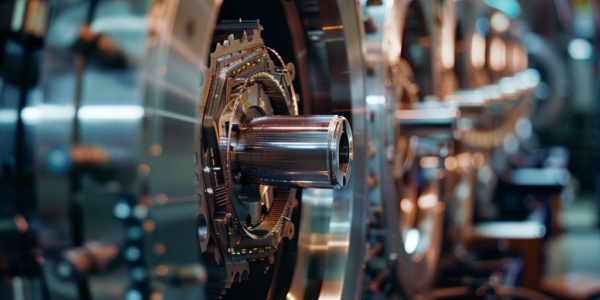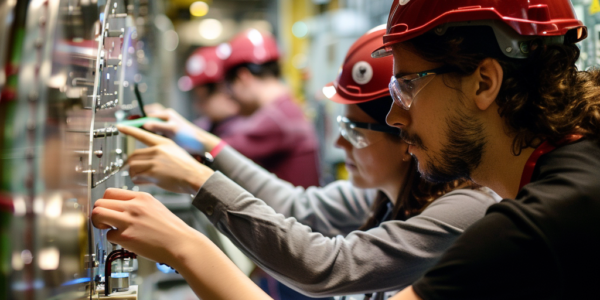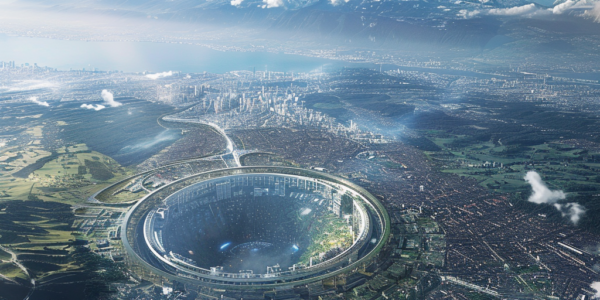Physicists at CERN Discover Resonant ‘Ghost’ Force in Super Proton Synchrotron
Physicists at CERN have made a groundbreaking discovery, identifying a previously undetected force within the Super Proton Synchrotron (SPS). Published in the journal Nature Physics, the research unveils the existence of a 3D shape that shifts over time, requiring a 4D system of equations for accurate measurement and modeling. The discovery of the resonant ghost is crucial for future work at the facility, shedding light on the intricate dynamics at play within particle accelerators.
CERN to Supercharge Large Hadron Collider for New Physics
CERN’s Large Hadron Collider is getting a major upgrade to facilitate more advanced tests and experiments, with the US Department of Energy’s SLAC National Accelerator Laboratory playing a crucial role. The upgrade aims to probe the Higgs boson and explore physics beyond the Standard Model, increasing the likelihood of detecting rare particles and Higgs bosons. SLAC’s role involves upgrading the ATLAS detector’s Inner Tracker with tiny silicon sensors to enable more precise and effective detection and analysis of collision events at the HL-LHC, expected to open new frontiers in particle physics.
CERN designing supercollider to push boundaries of modern physics
CERN is designing a new supercollider called the Future Circular Collider (FCC) to push the boundaries of modern physics research and perhaps discover the true nature of our mostly invisible universe. The new collider, expected to be operational by 2045, will be 8 times more powerful than the LHC and could help solve mysteries about the nature of our universe, such as the true nature of dark matter and the first instant after the Big Bang.



